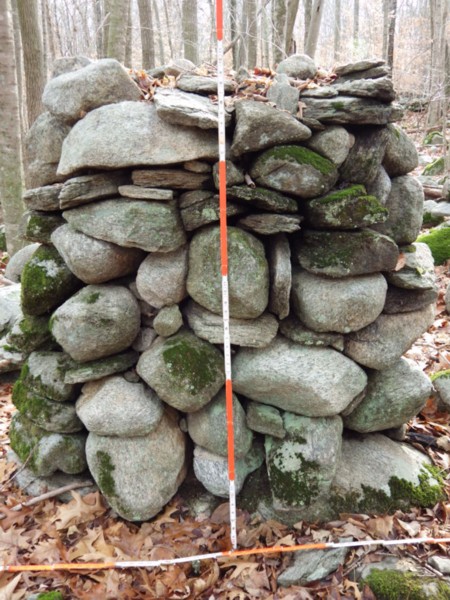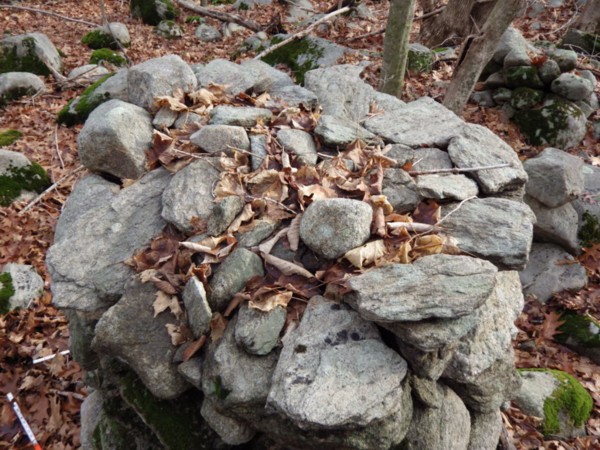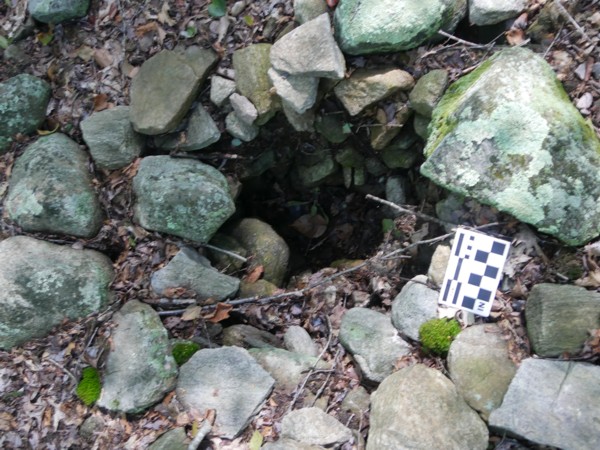

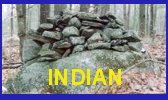
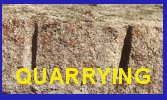
Stone Cairns
Updated March 22, 2022
Introduction
Stone cairns are found throughout North America from the sub-arctic regions of Canada to the lower 48 states. The highest concentrations of cairns are found on the eastern seaboard from the Chesapeake Bay north into the Canadian maritime provinces and westward to the Great Lakes region. Stone cairns are also known as rock piles, stone mounds, and stone heaps. They come many different shapes, configurations, and sizes.
What is a Native American Cairn?
Cairn
Its a stone pile. The number of stones in cairns range from one stone on top of a boulder up to a mound with thousands of stones.
What was its purpose? It had several. Here are two examples.
(1) To make offerings to spirits
Stones were one type of object used to make offerings to spirits. Others include tobacco, tools, ceramics, whiskey, clothing, and plants.
I have a quote to read: “By the side of the path there are several flat table-stones which are covered with thousands of small pebbles. The Copper Indians say these have resulted from a universal custom which requires everyone who passes this way to add a pebble to the heap.” (Mowat, 1976, 51) The quote comes from 1770 by Samuel Hearne an explorer in the arctic region.
The rest of the quote goes on to say Hearne, a white man and his men along with the Indians each added a stone to the cairns. They did so for a safe journey.
(2) To convey a message
In the Kennebec, Maine area the Indians built a single stone cairn in the village. It signified the Indians were at peace. When the cairn got torn down it conveyed to the whites the Indians had gone on the warpath and were no longer their friends. (Bourne 1831, 48)
Cairns had different purposes. Most of the purposes are lost to time with the exception of a few. With some we can make an educated hypothesis about their usage. Extra large cairns with thousands of stones is an indicator it was used on a regular basis year after year at an annual ceremony. I call them community cairns as everyone attending added a stone. Another design is the split stone cairns. Although these are not specifically found in the literature there are some associated accounts. In a recounting of a vision quest, Ogauns says he entered the Underworld via a chasm or large split in the rock. (Jenness 1935, 57) That reveals splits in stones are portals to the underground called the Underworld
Underworld & Upperworld
We often hear the terms Underworld & Upperworld. What is known about them?
Underworld (underground) is a place where good and bad spirits dwell
Upperworld (sky) is a place where good and bad spirits dwell
In pre-historic Indian culture the two worlds were opposites of each other:
When its winter in Upperworld it is summer in Underworld.
The concept Underworld is bad and Upperworld is good is a Christian belief.
I. Definitions
Stone structure researchers make a distinction between a rock pile built for a specific purpose and a rock pile which is a byproduct of agricultural activities like field clearing or stone wall building. Researchers are generally in complete agreement with each other about the need to make this distinction, but, to date they have not agreed upon what terminolgy to use. This website uses the following terminolgy:
CAIRN: A cairn is an intentionally constructed pile of stones. It is built one stone at a time. Cairns have been used by humans in the northeastern United States as far back in time as 5,000 years ago and continue to be used today. Cairns were built by both Native American Indians and white settlers. They were used by the Native Americans for ceremonial purposes and by white settlers for utilitarian purposes.
STONE PILE: A stone pile is a disorganized heap of stones created as the result of field clearing or for the purpose of stone wall building. A stone pile was never intended to be an intentionally built stone structure with a specific purpose. Rather it is the byproduct of farming related activities.
II. Field Clearing and Stone Wall Pile Identification
Field Clearing Stone Piles were used to get rid of unwanted stone. Stone was dumped out of a cart, wagon or stone boat. It was loosely piled with stone scatter around the edges. They are found at the edge of fields and occasionally on a wooded island in middle of field. Stone size is mixed.
Stone Wall Building Piles are found as a series of stone piles in a straight line along the intended line of a wall. The piles can be a mix of different size stones or piles of sorted sized stones. Some of these lines of piles have a wall started and in progress. Others were piled up with the intention of building a wall that never got started. The piles are dumped and therefore exhibit stone scatter around the edges. The piles are all the same size as the same wagon or cart was used to create each pile. They are usually spaced evenly apart along the line.
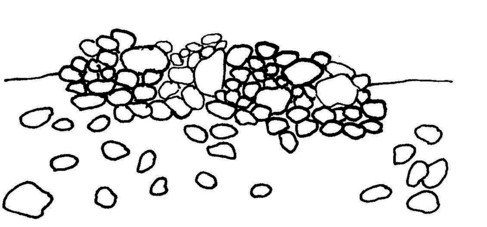
Figure 1 - Field clearing pile
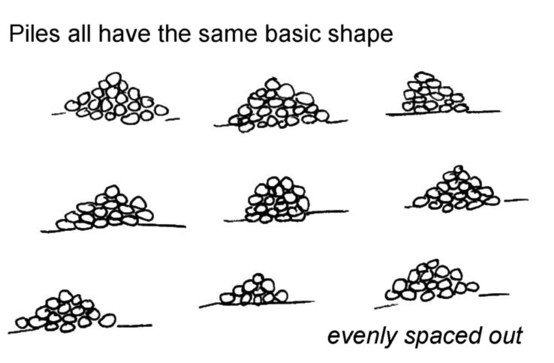
Figure 1A - Group of field clearing piles
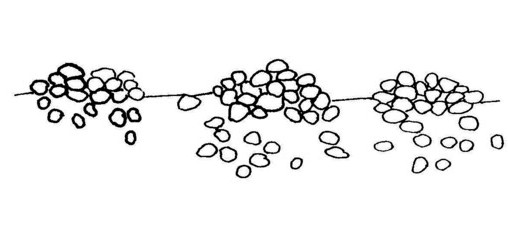
Figure 2 - Wall building piles
III. Combined Cairn & Field Clearing Pile Identification
In some cases, field clearing stone was added to an existing Native American cairn. The combined field clearing pile and Native American stone cairn can be identified by the compactness of the cairn (generally with small to medium sized stones) to which was added field clearing stone dumped from a wagon or rolled off of stone sleds. The field clearing stone will be out of character with the cairn. In many cases the field clearing stone will be boulder size and found around the edges of cairn or occasionally on top of it. With smaller size field clearing stone the typical stone scatter is generally evident. This practice of adding field clearing stone to existing cairns is well documented at the Miner Farm in Hopkinton, RI (Bob Miner, personal communication, 2006)
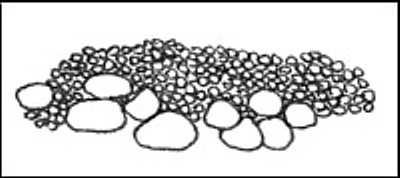
Figure 3 - Stone cairn with field clearing boulders added to it.
IV. Property Boundary Stone Cairn Identification
Property Boundary Marker Cairns are single small piles of stone. They often times but not always have a metal post. They can sometimes by identified by modern surveying marks like orange paint or surveyor’s tape.
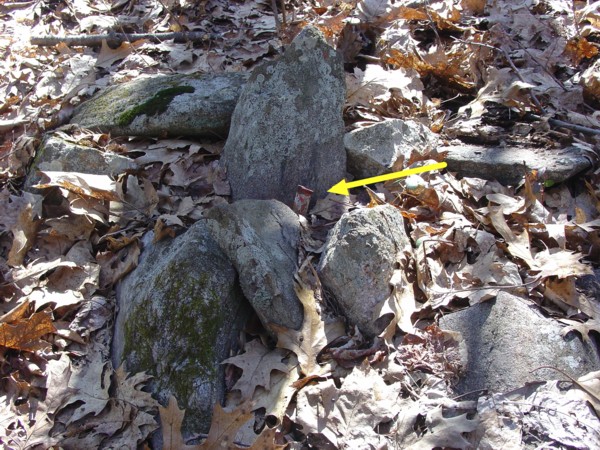
Figure 4 - Cairn with metal pipe in middle indicating is an old property boundary marker
V. Hiking Trail Cairns Identification
Trail Cairns are placed at regular intervals along a path. Cairns are uniform in style and size. They were common years ago, and today they are still used above tree line on some mountains such as Mt. Washington. They were built by hikers and Boy Scouts in the 19th and 20th centuries.
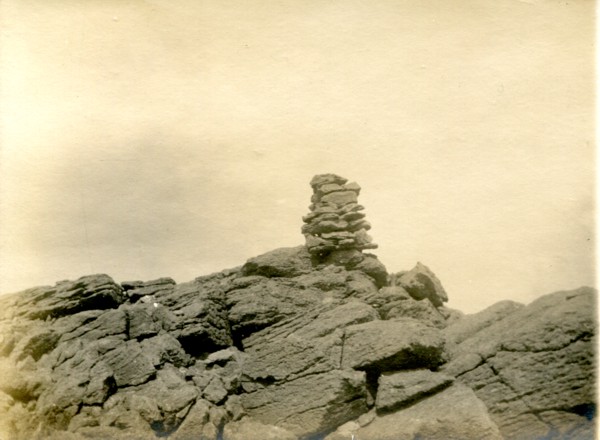
Figure 5 - Hiking trail cairn (1905 postcard)
VI. Native American Ceremonial Cairn Identification
Native American cairns are generally found in groups. The cairns within the group show a random, irregular placement. They generally contain several different styles and sizes. Many groups (but not all) are found within a walled-in field. Some stone walls are Native American and others were built by farmers. A group of cairns enclosed by stone walls is sometimes referred to as a “cairn field.”
Base of Cairn
The use of base identification is the primary means of classifying cairns. Classifying cairns aids in tracking cairn traits within a local area, a regional area, and between one region and another region. Identification of bases is divided into three groups: ground, base stone, split stone. Every known cairn falls into one of these three groups.
Ground
Ground refers to any cairn built directly on the ground. Cairns on the ground have a wide range of size from the small two feet diameter by few inches high to sixty (+) feet diameter by five (+) feet high.
Ground cairns come in several different designs. The mound design with a rounded dome top is the most common. It comes in small up to extra large. Others are vertical walled cairns. Depressions are occasionally seen in large cairns. Some cairns are attached to corners of stone walls. Others were built on hillsides. Seasonal streambeds in some regions are a favored place to build a cairn.
Large cairns have two distinct ways of being created. First is to add a single stone at a time. Second is to add a whole small mound cairn on top of the cairn already built. Some of these extra-large cairns appear to have a mix of both single stone addition and whole small cairn addition. Small whole cairns are most easily seen along edge of large cairn where the shape can be seen.
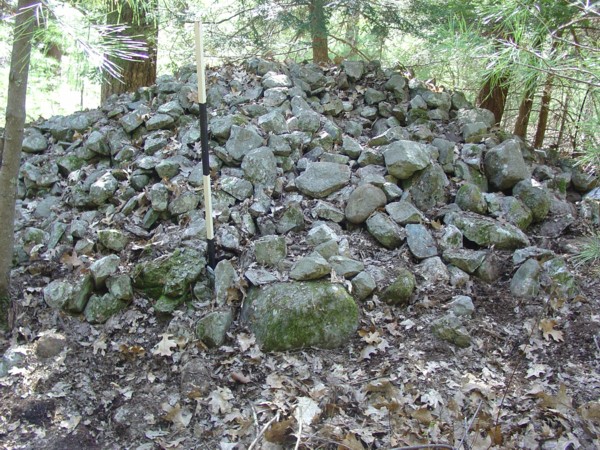
Figure 6 - Large mounded ground cairn
Figure 7 - Vertical walled cairn (side view)
Figure 8 - Top view of the cairn shown in figure 7
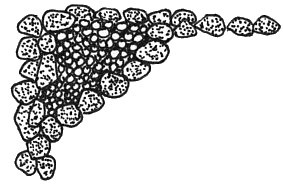
Figure 9 - Triangular shaped cairn build into the corner of two stone walls
Figure 10 - Intentionally constructed depression feature in the top of a cairn
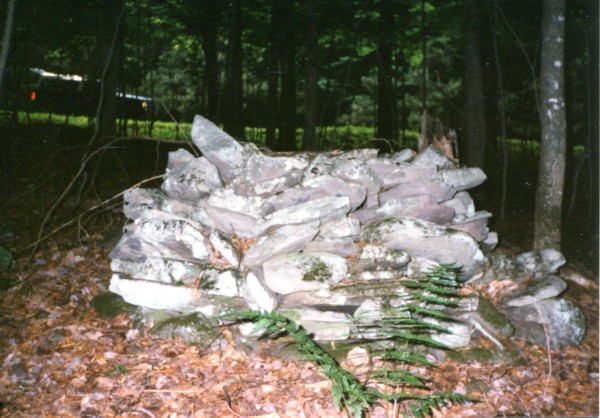
Figure 11- Cairn made from layers of flat stones.
Base Stone
The base stone can be an above ground boulder, in ground boulder with exposed top, above ground bedrock called an outcrop, or surface level exposed bedrock. Base stone ranges from ground level up to three to four feet high. Height is sometimes a factor but not always. It is a site by site evaluation. Stones with splits filled with other stones are a separate category, see Split Stone.
Cairns built on a base stone range from a single stone to a few stones to large quantities of stones. The stones can be placed on top of the base stone, attached to one or more sides of the base stone, on top & attached, or placed on top and trailing to ground. The cairn can be a single layer of stones, have vertical walls retaining smaller stones, be solidly built of interlocking stones, a mound of stones, etc.
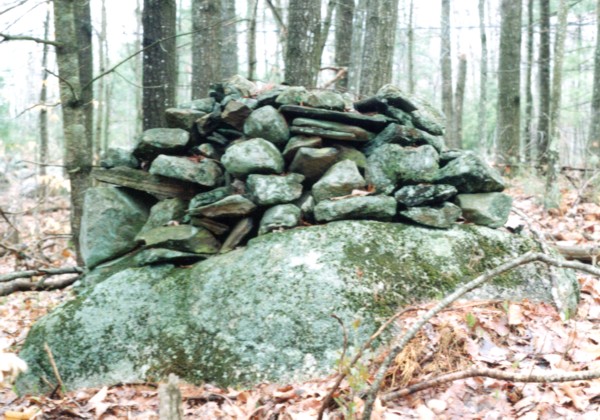
Figure 12 - Mound of stones on base stone
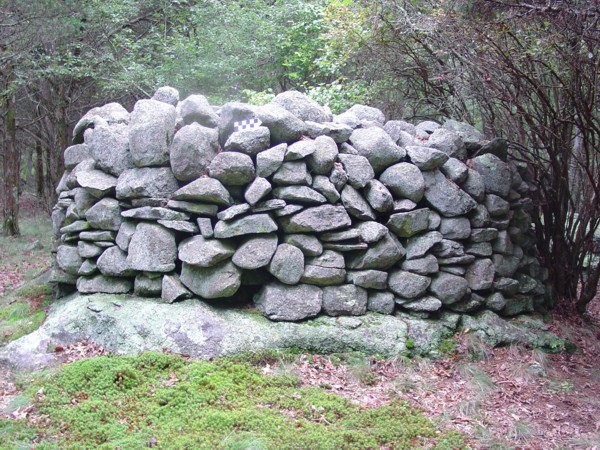
Figure 13 - Vertical walled cairn with interior stone fill on base stone
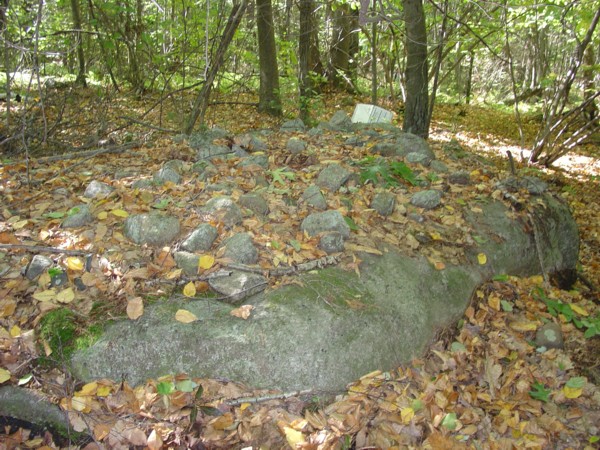
Figure 14 - Single layer of stones on base stone
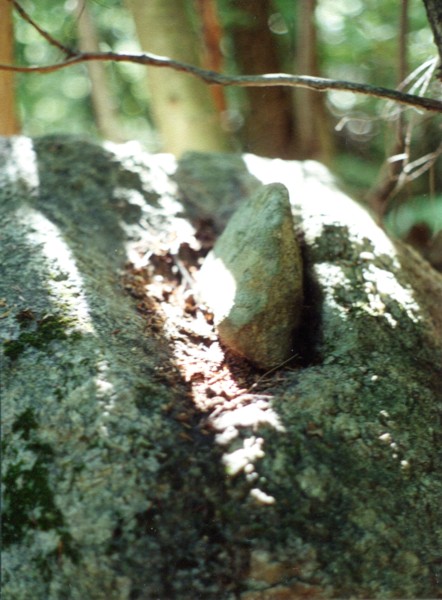
Figure 15 - Single stone in notch of base stone
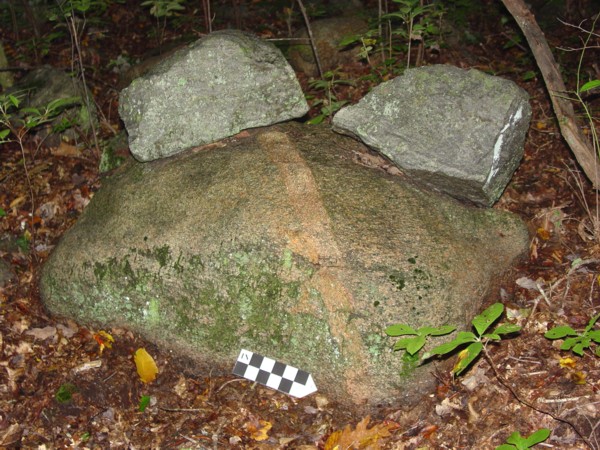
Figure 16 - Two stone on base stone with quartz vein
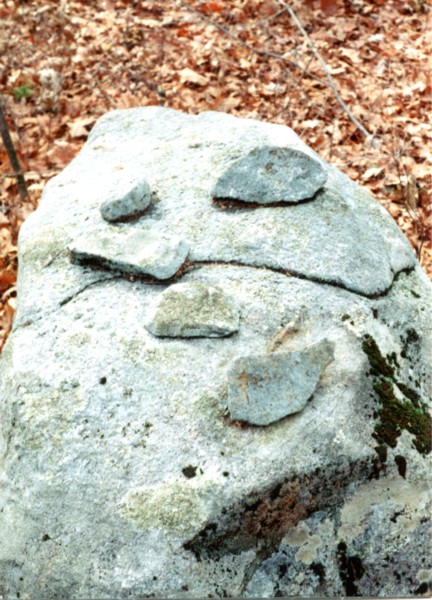
Figure 17 - Five stones on base stone
Split Stone
Split stone exhibits a total split or crack in the base stone. Splits are found in single boulders completely split into two sections facing each other, outcrops with one or more splits, and boulders with cracks. Split-stone boulders range from ground level to 6’ high.
The split stones with fill are split stone cairns. Fill can partially fill the split or completely fill the split. Occasionally extra stones will be found on top of boulder or outcrop in addition to the filled splits. As a general rule there is one or more split boulder cairns per site, however, there are always exceptions. Fill can range from a single intrusive stone wedge into the split, to a partially filled split, to a fully filled split.
PLEASE SEE SEPARATE WEBPAGE ON SPLIT STONES
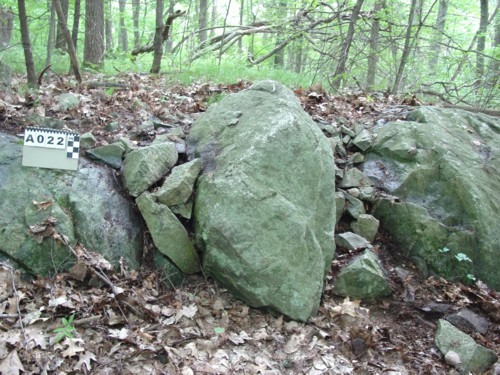
Figure 18 - Two splits filled with stones
References
An annotated bibliography with quotations of pertinent passages concerning Native American usage of stone cairns is available on the Source Materials-Cairns webpage.
Jenness, Diamond
1935 The Ojibwa Indians of Parry Island, Their Social and Religious Life. (Bulletin No. 78, Anthropological Series No. 17), Canada Department of Mines, National Museum of Canada, Ottawa: J.O. Patenaude, I.S.O., printer); [Facsimile Reprint, Coyote Press]
Mowat, Farley
1973 Tundra: Selections from the Freat Accounts of Arctic Land Voyages. Canada: MClelland and Stewart Ltd.
Bourne, Edward E.
1831 Ancient History of Kennebunk Written in 1831. Kennebunk, ME: Starr Press, Inc.

